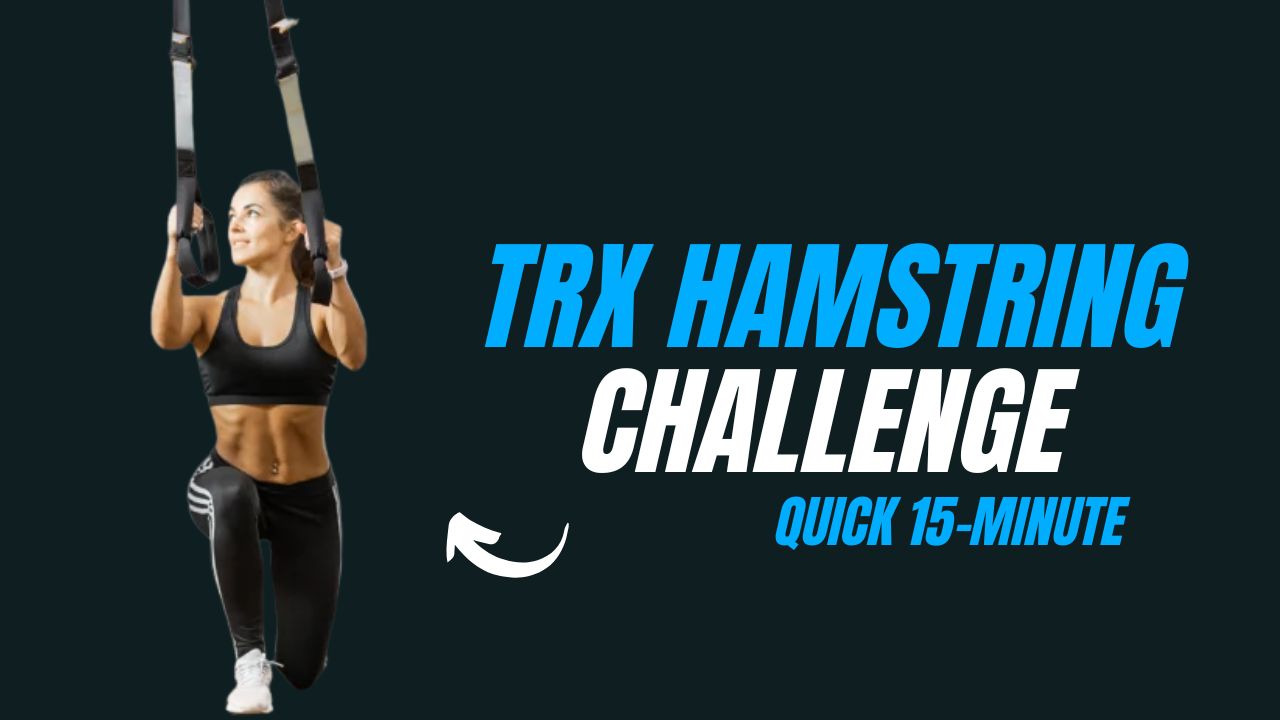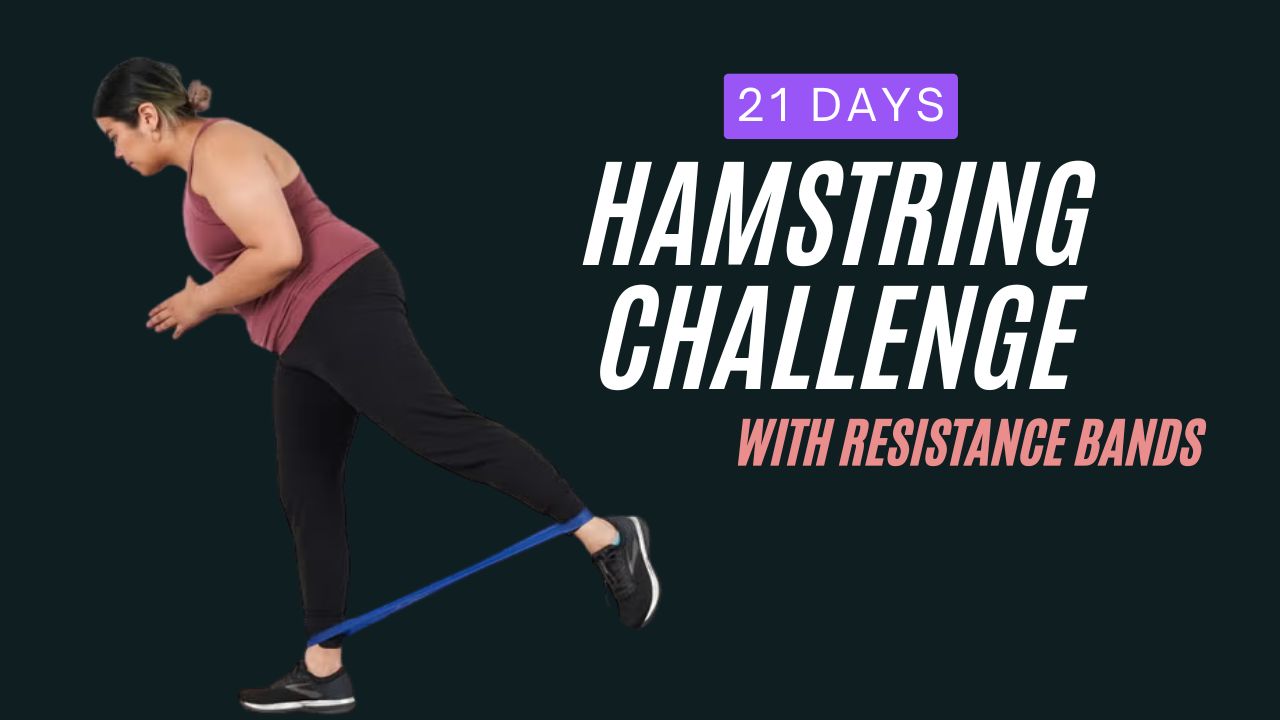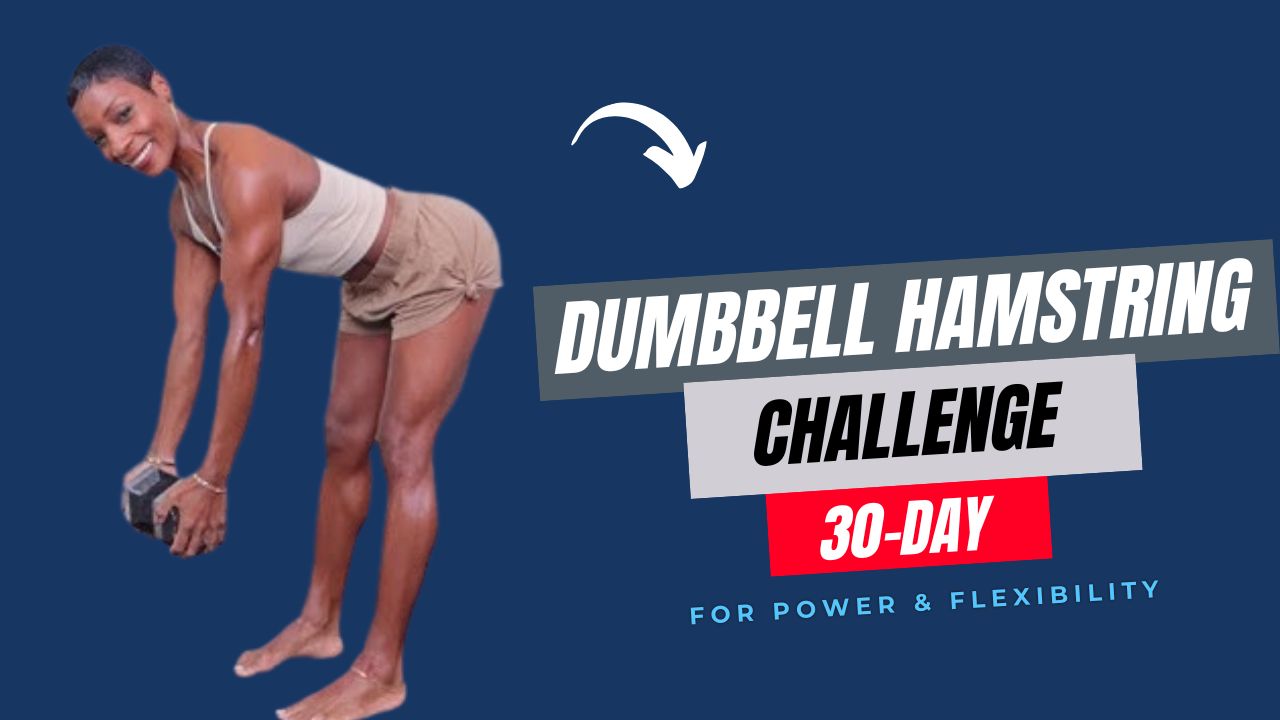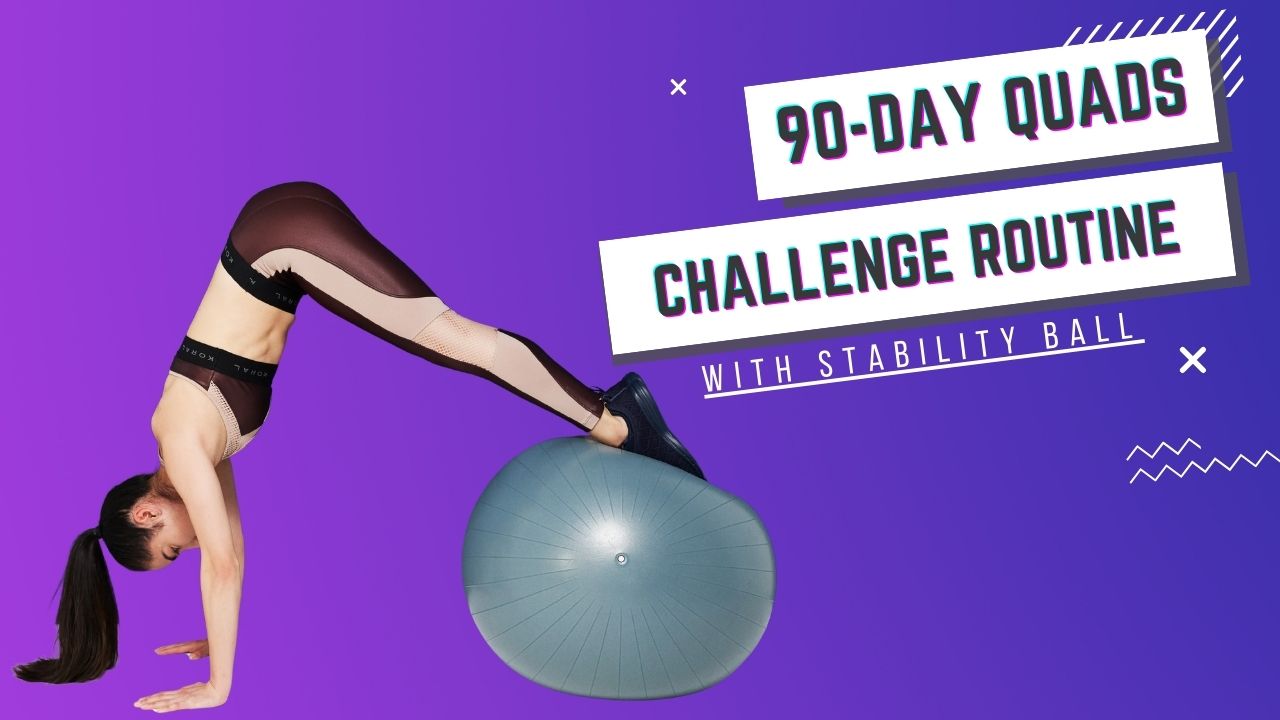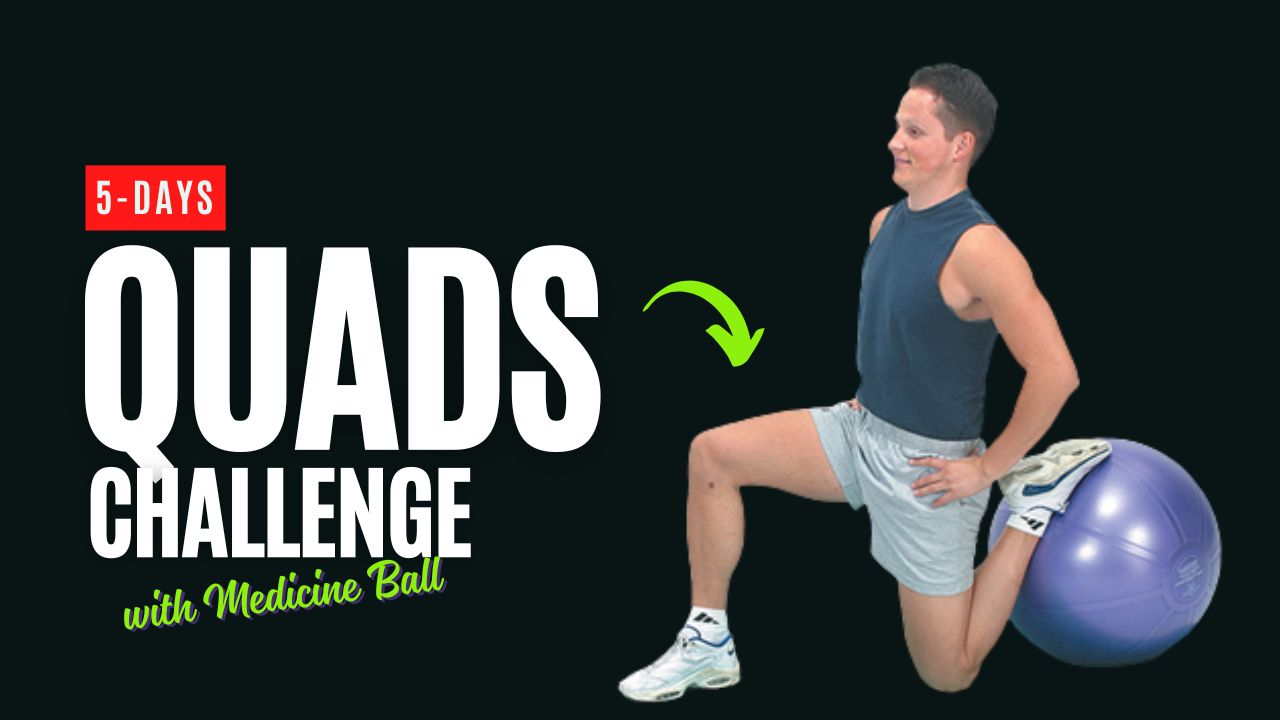Did you know that the pull-up bar is one of the most underrated tools for back development? Most people associate it with just pull-ups or chin-ups.
But in reality, a single pull-up bar can target almost every muscle in your back — from your lats and traps to the rhomboids and even spinal stabilizers — when used with strategic variation.
In this guide, we break down 10 of the most effective pull-up bar back exercises you can do, whether at home or at the gym.
We’ll cover how to do them correctly, the muscles they target, and the training benefits each offers. Whether you’re a beginner or experienced lifter, this list will reshape the way you train your back.
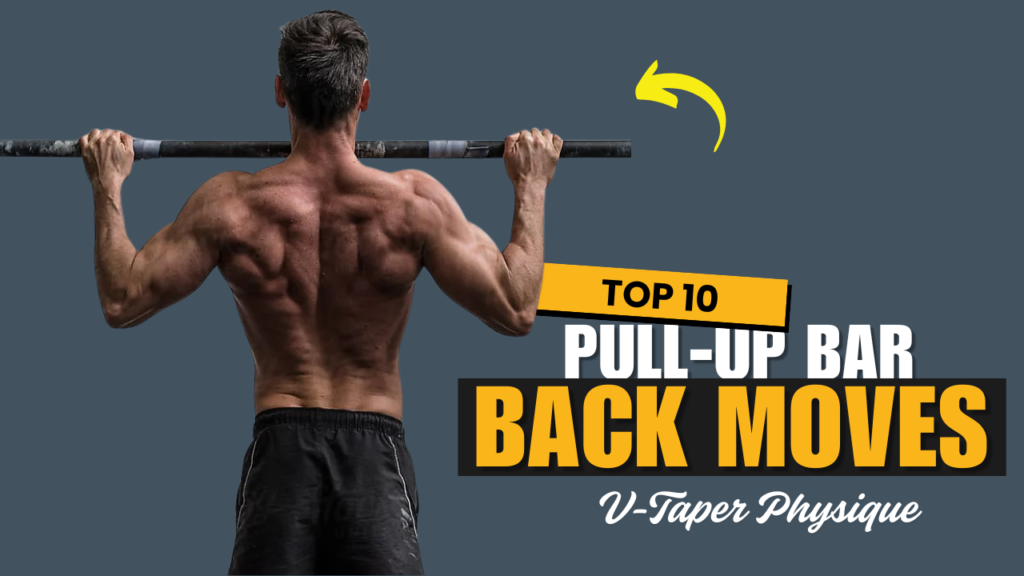
Table of Contents
What Can Happen After 30 Days of These Pull-Up Bar Back Exercises
| Progress Area | Expected Change in 30 Days |
|---|---|
| Back Muscle Strength | Noticeable improvement in upper and mid-back pulling power, especially in lat and trap engagement. |
| Muscle Definition | Early signs of increased muscle tone and definition, especially around the lats, shoulders, and rhomboids. |
| Pull-Up Reps | Increased number of pull-ups and endurance per set due to neuromuscular adaptation. |
| Grip Strength | Stronger grip, especially from variations like towel pull-ups or commando pull-ups. |
| Posture | Improved shoulder alignment and upper body posture due to stronger postural muscles. |
| Mind-Muscle Connection | Better muscle activation and control during each rep, reducing reliance on momentum. |
| Core Stability | Stronger core engagement, particularly if performing L-sit or isometric variations. |
| Confidence & Discipline | Boost in training consistency, motivation, and physical confidence from visible and measurable progress. |
Do’s and Don’ts of Pull-Up Bar Back Exercises
| Do’s | Don’ts |
|---|---|
| Warm up your shoulders and back before starting. | Don’t jump into advanced variations without mastering the basics. |
| Focus on form and controlled movement, not just reps. | Don’t use momentum or swinging to complete reps. |
| Engage your core throughout each rep. | Don’t let your lower body hang loosely or sway. |
| Use a full range of motion — dead hang to chin-over-bar. | Don’t perform half-reps or short, jerky pulls. |
| Incorporate different grip styles (overhand, underhand, neutral). | Don’t stick to only one variation — it limits progress. |
| Allow rest and recovery between back workouts. | Don’t train the same muscles every day. |
| Progress gradually — add reps, sets, or resistance over time. | Don’t overload too soon or sacrifice form for difficulty. |
| Listen to your body and stop if you feel joint pain. | Don’t ignore shoulder strain or push through sharp pain. |
10 Best Pull Up Bar Back Moves
1. Classic Pull-Up
Primary Target: Latissimus Dorsi
How to Do It:
- Grab the bar with a shoulder-width overhand grip.
- Hang fully extended, then pull yourself up until your chin is above the bar.
- Lower back down in control.
Why It Works:
The classic pull-up builds a wide, V-shaped back by heavily targeting the lats. It also engages the core and stabilizers, making it a foundational bodyweight move.
2. Chin-Up
Primary Target: Lower Lats and Biceps
How to Do It:
- Use an underhand grip with hands shoulder-width apart.
- Pull yourself up smoothly, keeping your elbows close to your sides.
- Lower slowly.
Myth Buster: Chin-ups aren’t just for arms. They activate the lower portion of the lats more than traditional pull-ups.
3. Commando Pull-Up
Primary Target: Lats, Biceps, and Core
How to Do It:
- Face the bar sideways, grasping it with one hand in front of the other.
- Pull your head over one side of the bar, then alternate sides on each rep.
Why Try This?
It simulates unilateral movement, correcting muscular imbalances between both sides of the back.
4. Archer Pull-Up
Primary Target: Lats and Rhomboids
How to Do It:
- Grab the bar wide.
- Pull up while shifting your body toward one side, keeping the opposite arm straight.
- Alternate sides.
Training Tip: Archer pull-ups prepare you for one-arm pull-ups by overloading one side more than the other.
5. Typewriter Pull-Up
Primary Target: Upper Back and Lats
How to Do It:
- Pull up to the top position.
- Move your body horizontally from one hand to the other while staying up.
- Lower after completing both sides.
Why It Works:
This variation keeps tension throughout the back muscles and improves both strength and control at the top of the pull-up.
6. Behind-the-Neck Pull-Up
Primary Target: Upper Traps and Rhomboids
How to Do It:
- Use a wide overhand grip.
- Pull yourself so the bar reaches the back of your neck.
- Descend slowly.
Caution: Only attempt this if you have good shoulder mobility and control.
7. Negative Pull-Up
Primary Target: Lats and Erector Spinae
How to Do It:
- Use a step or jump to get to the top of the pull-up.
- Lower yourself as slowly as possible.
- Repeat for reps.
Perfect For Beginners: Negative pull-ups build strength in the lowering phase, crucial for mastering your first full pull-up.
8. Isometric Hold Pull-Up
Primary Target: All Upper Back Muscles
How to Do It:
- Pull up and hold at the top for 5–10 seconds.
- Lower and repeat.
Why It Works:
Holding tension increases time under load, promoting muscular endurance and control.
9. L-Sit Pull-Up
Primary Target: Lats, Rhomboids, and Core
How to Do It:
- Raise your legs straight in front of you while hanging from the bar.
- Pull up while maintaining the leg position.
Advanced Variation: This hybrid move combines core strength with upper back power for a total upper-body challenge.
10. Towel Grip Pull-Up
Primary Target: Lats, Forearms, and Grip Strength
How to Do It:
- Hang two towels over the pull-up bar and grip them instead of the bar.
- Perform pull-ups as usual.
Functional Bonus: Grip training like this improves back exercises and carries over to deadlifts, rows, and more.
Final Thoughts
The pull-up bar is more than just a basic fitness tool — it’s a back-sculpting machine when used creatively.
These 10 pull-up bar back exercises target your upper, mid, and lower back, helping you build strength, improve posture, and develop an athletic V-tapered shape.
Remember:
You don’t need machines or heavy equipment to transform your back. Consistent training with these variations can unlock impressive gains, even with just your bodyweight.
Frequently Asked Questions (FAQs)
Can pull-up bar exercises really build a bigger back?
Yes. Pull-up bar exercises effectively target major back muscles like the latissimus dorsi, traps, rhomboids, and erector spinae. With proper form and consistency, these bodyweight moves can increase muscle mass, definition, and strength.
How many pull-up bar back exercises should I include in one workout?
Aim for 4–5 variations per session, depending on your fitness level. Choose a mix that targets both the upper and lower back, and allow adequate rest between sets (60–90 seconds) for optimal performance.
Are these exercises suitable for beginners?
Yes. Beginners can start with assisted pull-ups, negative pull-ups, and isometric holds. Over time, they can progress to more advanced variations like archer or L-sit pull-ups as strength improves.
How often should I train my back using the pull-up bar?
2 to 3 times per week is ideal for most people. Make sure to allow at least 48 hours of rest between back-focused sessions to promote muscle recovery and growth.
What’s the difference between pull-ups and chin-ups?
Pull-ups use an overhand grip and emphasize the upper lats and traps, while chin-ups use an underhand grip and shift more focus to the lower lats and biceps. Both are effective and complementary for building a well-rounded back.
Do I need to do weighted pull-ups to see results?
Not necessarily. Bodyweight-only pull-up variations can be highly effective. However, once you can easily perform 10–15 reps per set, adding resistance can further challenge your muscles and enhance hypertrophy.
Can pull-up bar training help improve posture?
Absolutely. Pull-up bar exercises strengthen postural muscles like the rhomboids, traps, and erector spinae. Consistent training can counteract the effects of slouching and help realign your upper body.
Why can’t I feel my back muscles during pull-ups?
This is often due to poor mind-muscle connection or incorrect form. Focus on pulling your elbows down and back, not just getting your chin over the bar. Slowing down the movement and incorporating isometric holds can also help improve muscle engagement.
Is a doorway pull-up bar enough for these exercises?
Yes, as long as it’s stable and supports your weight. Some advanced variations like commando or towel grip pull-ups may need extra space or accessories, but most can be done safely at home.
How long does it take to see results from pull-up bar back training?
Results vary based on consistency, nutrition, and overall training volume. Many people begin to notice strength improvements within 2–4 weeks and visible muscle changes within 6–8 weeks with regular training.





